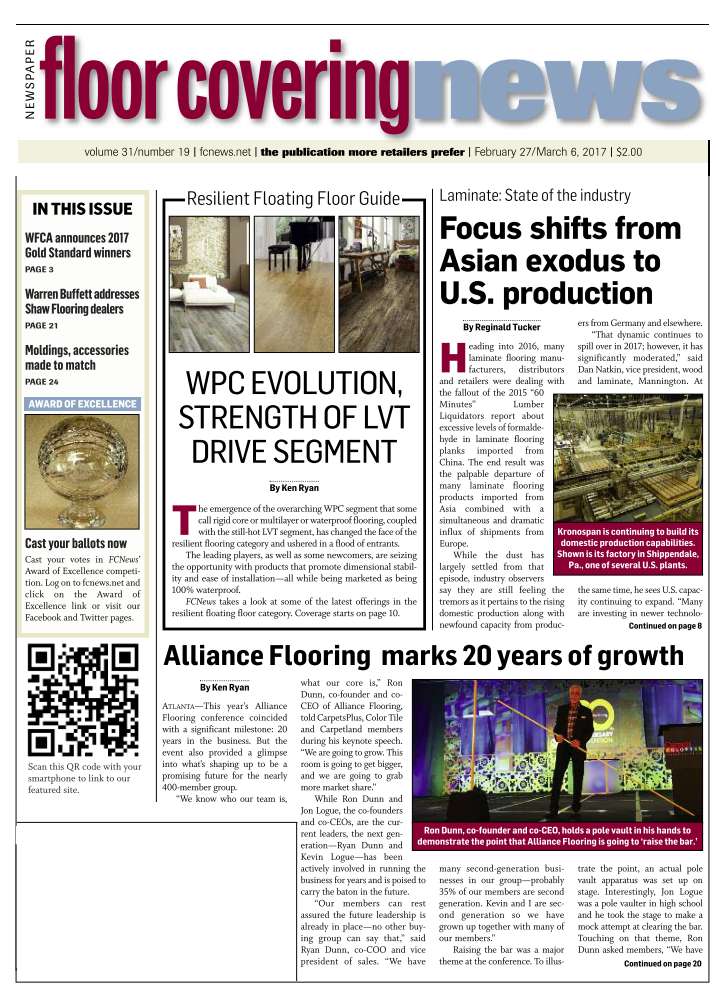February 27/March 6, 2017: Volume 31, Issue 19
By Phil Kenyon
The use of the Internet and mobile devices as a means of researching products is increasing on a steep exponential curve. This is particularly true in the flooring industry—where there is a strong correlation to fashion and design and, hence, a heavy emphasis on visuals.
Now, more than ever, retailer/manufacturer websites represent a major portal for your customers to receive timely information about your products and services. For many consumers, color and appearance are a major part of the purchase decision, which presents both challenges and opportunities for retailers and manufacturers serving the industry. Among the main objectives: How to make your flooring look as good on the screen as it does in a showroom; how to present all of the possible choices in a fashion that makes product selection easy; and how to make sure you are ahead of your competition by keeping pace with advances in new technology.
Delivering on all of these directives requires an understanding of the art and science of color and appearance as well as traditional skill sets in programming, user interface and data management. A key element in this process entails generating the digital images to display your products online. Taking the time to do this right will allow you to maximize the usefulness of your assets. For instance, a photograph of your products in inspirational settings is great to attract and inspire, but this has limited use. Employing certain best practices when creating digital product images will allow you to use these assets in many useful ways and ensure the work you do today will also be useable as technology evolves.
Here are some helpful tips:
- Make sure you use color management tools when photographing or generating your high-resolution product images. Make sure your image files have ICC standard profiles embedded that allow the color information in each image to be consistent and as accurate as possible.
- Capture a large enough area so full repeats can be created. This allows the images to be used for rendering your flooring into photographic images for visualization software in your website or for professional rendering of promotional materials.
- Don’t use “mood” lighting to capture the samples. The samples should be evenly lit across the full image. Shadowing will make it difficult to use in visualization or rendering. A process known as “flat field correction” can help resolve this.
- Where possible, include metadata that identifies the color information in the image in colorimetric terms such as “LAB.” This is an industry standard that identifies color in absolute terms. Attaching these values to your data will increase the likelihood your products will be found in these searches.
Another major growth area in digital marketing is virtual reality. In particular, there is significant interest among builders for tools that allow customers to select a range of products while immersed in a virtual, three-dimensional visualization of a room or building. In this scenario, it is essential that robust, up-to-date CAD assets are available for all products. This will ensure products displayed in the real world also match renderings in the digital realm.
The way in which your products are represented online is essential to enjoying the many opportunities this medium presents.
Phil Kenyon is vice president, color solutions, at Chameleon Power, which specializes in visualization software for the home improvement industry. Since the early ’90s, he has worked with numerous multinational corporations on their online marketing initiatives.

